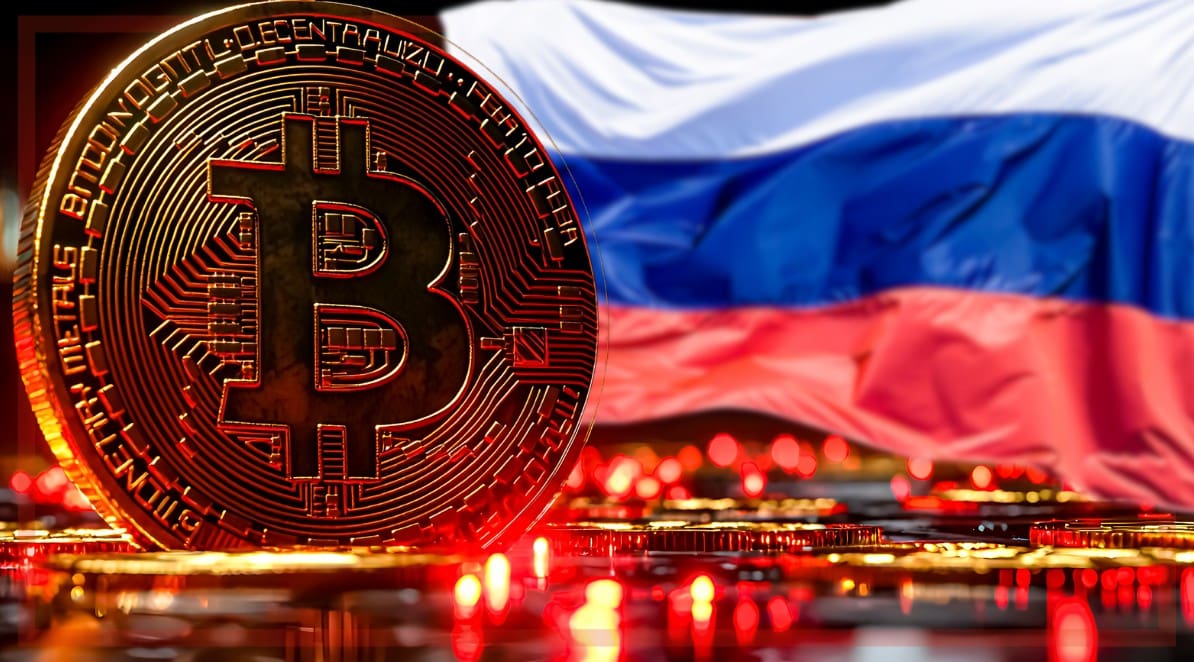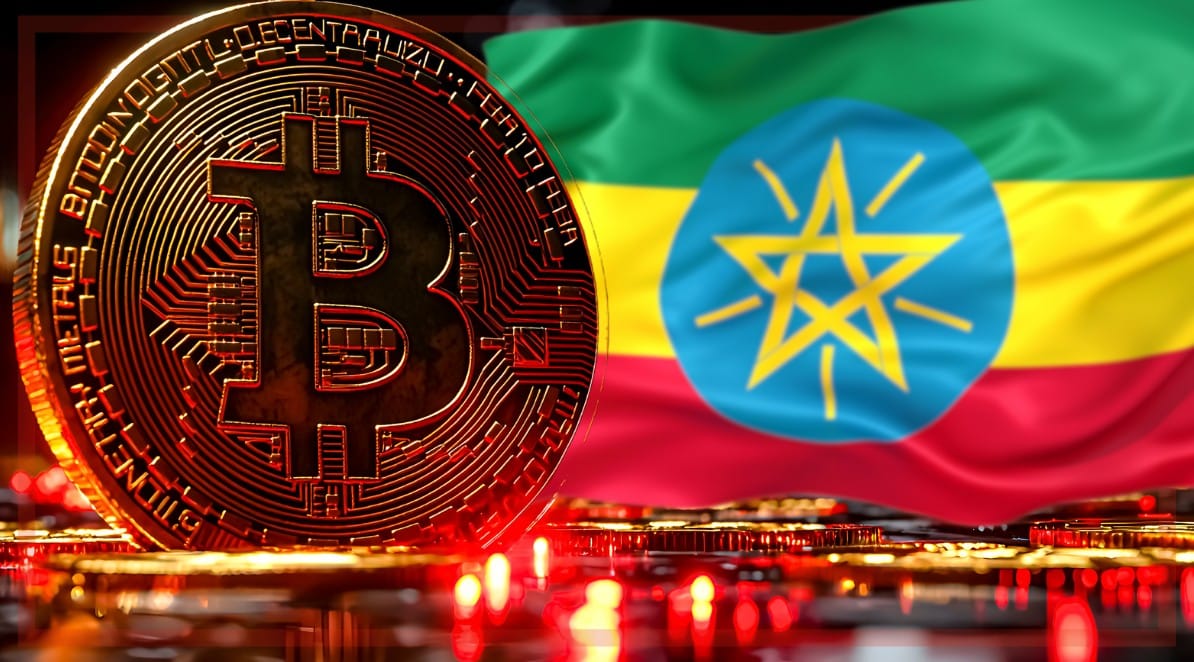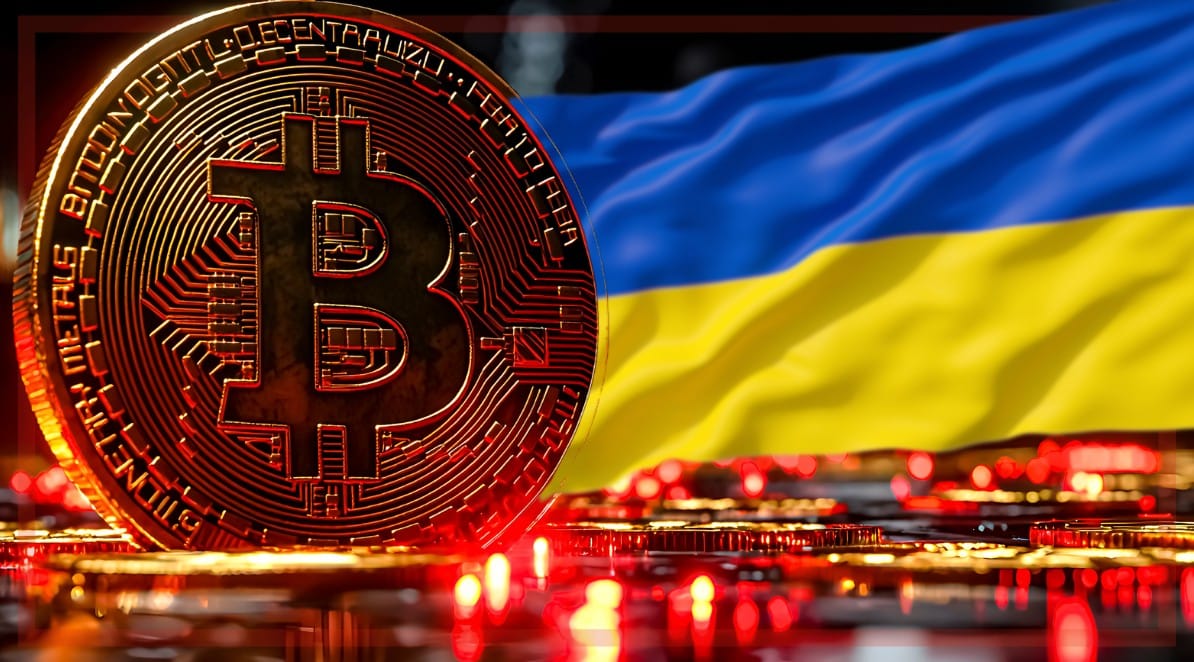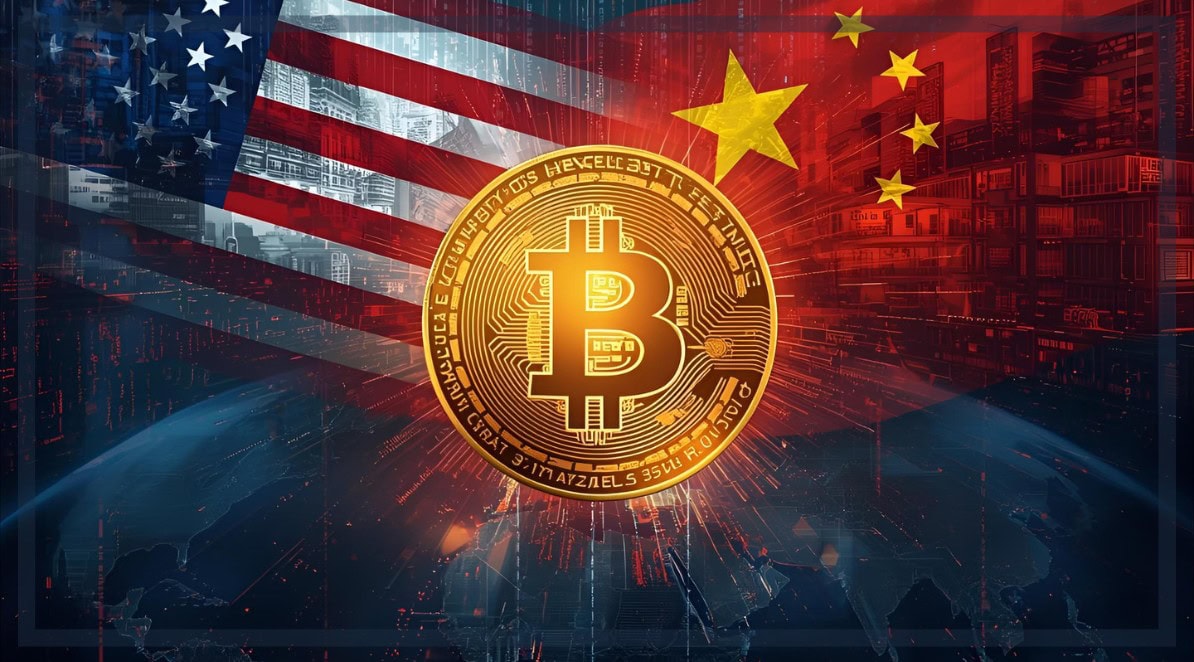By several measures, Russia has become a major crypto market despite stringent sanctions. Chainalysis ranked Russia 10th globally on its 2025 Crypto Adoption Index, the highest of any Eastern European country. Independent research estimates 9.2 million Russians (~6% of the population) actively hold cryptocurrency as of mid-2024, though up to 20 million may have engaged with crypto at some point, per broader surveys.
Adjusted for population and purchasing power, Russian on-chain crypto flows now rival those of major Western economies. In fact, Chainalysis notes Eastern European nations, led by Russia and Ukraine, dominate adoption.
This data suggests crypto has penetrated well beyond niche circles in Russia, with millions of residents now holding or trading digital assets.
Young Russians Drive Crypto Adoption Amid Economic Pressures
Crypto use in Russia is driven largely by young, digitally savvy investors. Surveys show that awareness of digital currencies is very high. By late 2024, roughly 66 percent of Russians had at least some knowledge of crypto, while actual participation remained modest. The survey found about 21 percent of adults had tried crypto at least once, mainly out of curiosity or for savings, and only 2 percent were active traders.
Importantly, holders are mainly young people, mirroring global trends. One report noted that the largest share of crypto owners worldwide (34 percent) is aged 24–35, reflecting global trends in Russia as well. Many cite ruble inflation, banking limits, or FOMO as motivations.
In recent years, the Russian government itself has viewed crypto as an alternative payment method to use while sanctions are in place. A weaker ruble has also made Bitcoin and stablecoins attractive to some households as hedges. However, the average Russian crypto holder still appears wary.
In a further survey by the financial marketplace “Sravni” from 2024, 89 percent of respondents owned no crypto, and 79 percent said they did not plan to buy any. Even so, that 15–21 percent minority of adopters represents millions of people, and adoption is rising steadily.
JUST IN: 🇷🇺 Russian Deputy Finance Minister says an estimated 20 million people are using #Bitcoin and crypto in Russia.
— Bitcoin Magazine (@BitcoinMagazine) October 10, 2025
“We need our own infrastructure to have both economic and technological benefits” 🚀 pic.twitter.com/SXEvBScGFq
Russia’s Crypto Ecosystem: Global Exchanges vs. State Control
Russia’s crypto ecosystem continues to be shaped by both global exchanges and a large number of unregulated local/offshore platforms. Exchanges like Binance and Bybit, often offering Russian-language support and P2P mechanisms, remain heavily used even as regulators tighten restrictions.
According to a 2025 Chainalysis report, over 100 no-KYC/unlicensed platforms were active in 2024, receiving more than $1.5 billion in value, largely from Russian clients. Meanwhile, the state is investing in its own digital infrastructure.
The Finance Ministry is developing an Experimental Legal Regime (ELR) with the central bank to create domestic crypto rails. Deputy Finance Minister Ivan Chebeskov believes that building a national crypto ecosystem, including exchanges and mining, is the way to go.
While P2P trading dominates, regulated domestic exchanges are emerging, which are now required to register and keep user records, as local firms expand crypto and payment services.
Sberbank and MOEX Lead Russia’s Institutional Crypto Push
Corporate Russia is warming to Bitcoin and all things blockchain. In mid-July, Sberbank, the country’s largest lender, announced plans to offer crypto custody services, aiming to lead the market. Sberbank’s alternative payment solutions division executive director, Anatoly Pronin, suggested regulating crypto like bank deposits, with state-backed guarantees, a move analysts see as expanding state control over a space still dominated by private and foreign custodians.
Other giants like the Moscow Exchange (MOEX) are rolling out crypto-linked products for accredited investors. In June this year, MOEX launched ruble-settled Bitcoin futures tied to the U.S. ETF IBIT. The central bank now allows financial institutions to offer non-deliverable crypto derivatives and securities to qualified investors. Crypto inflows into Russia jumped about 51 percent in Q1 2025, reaching 7.3 trillion rubles ($81.5 billion).
Mining companies are scaling operations, and payment networks are testing pilots. Late 2024, President Vladimir Putin endorsed crypto innovation, legalizing all mining and declaring that “no one can prohibit the use of Bitcoin,” showing growing official comfort with crypto’s role in trade, despite ongoing regulatory caution toward retail use.
Russia’s Crypto Rules: Balancing Control and Global Trade
Russia’s crypto policy is restrictive but gradually shifting. Since 2021, crypto ownership and trading have been legal, though domestic payments remain banned. Transactions over 600,000 rubles must be reported, and providers face strict KYC/AML rules.
In July 2024, the Russian parliament approved a law allowing crypto in international trade to bypass sanctions. This created an experimental payment system for exporters while keeping local crypto payments illegal.
The government has moved from near bans in 2021 to a more strategic stance, tightly controlling crypto at home but embracing it abroad.
At the same time, regulators warn consumers about volatility and fraud and continue expanding oversight. For example, proposals would require all crypto exchanges (foreign or domestic) to register and retain users’ data for years. In practice, this means Russians must use vetted Virtual Assets Service Platforms (VASPs) or peer-to-peer (P2P) channels, not anonymous markets, if they want a legal crypto account.
Russia’s Crypto Future: Mainstream by 2025?
Russia’s crypto market is growing quietly but steadily in the face of tough regulations. A tech-aware population, plus economic pressures like inflation and sanctions, are driving interest in digital assets.
Millions of Russians now include crypto in their investments, and banks are building systems to support it. With backing from Sberbank and the Finance Ministry, crypto is moving from the margins to the mainstream.
2025 could mark the year it becomes a recognized part of Russia’s financial system.
#Crypto #Blockchain #DigitalAssets #DeFi #Russia
Author: Ayanfe Fakunle
The editorial team at #DisruptionBanking has taken all precautions to ensure that no persons or organizations have been adversely affected or offered any sort of financial advice in this article. This article is most definitely not financial advice.
See Also:
How Strong Will The Russian Ruble (RUB) Be in 2025? | Disruption Banking














